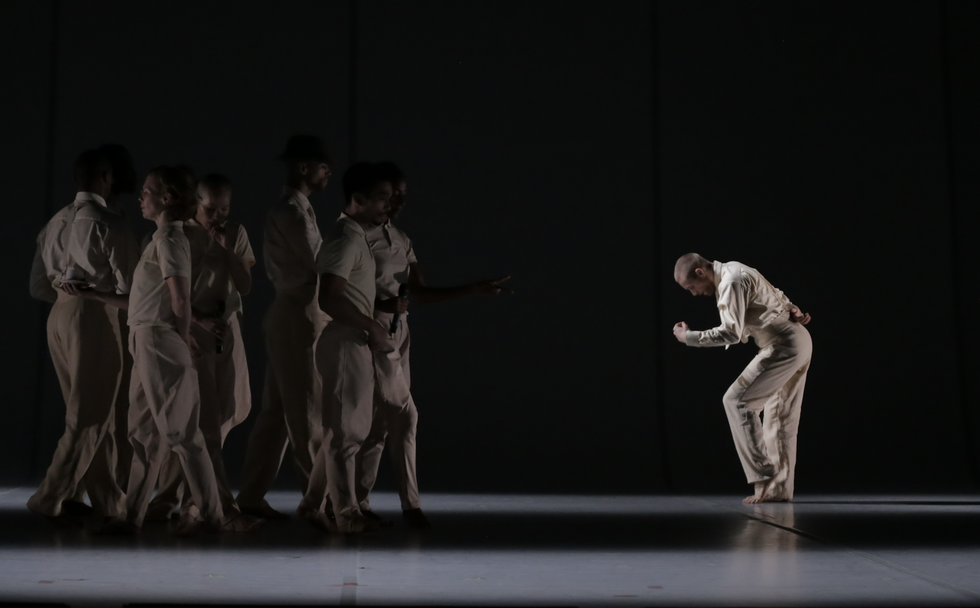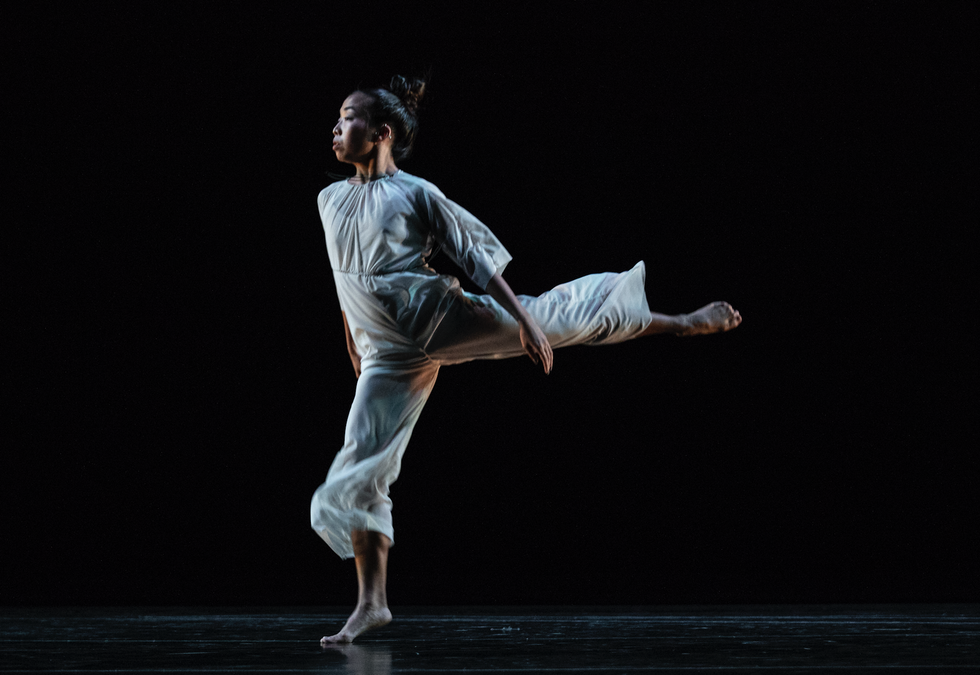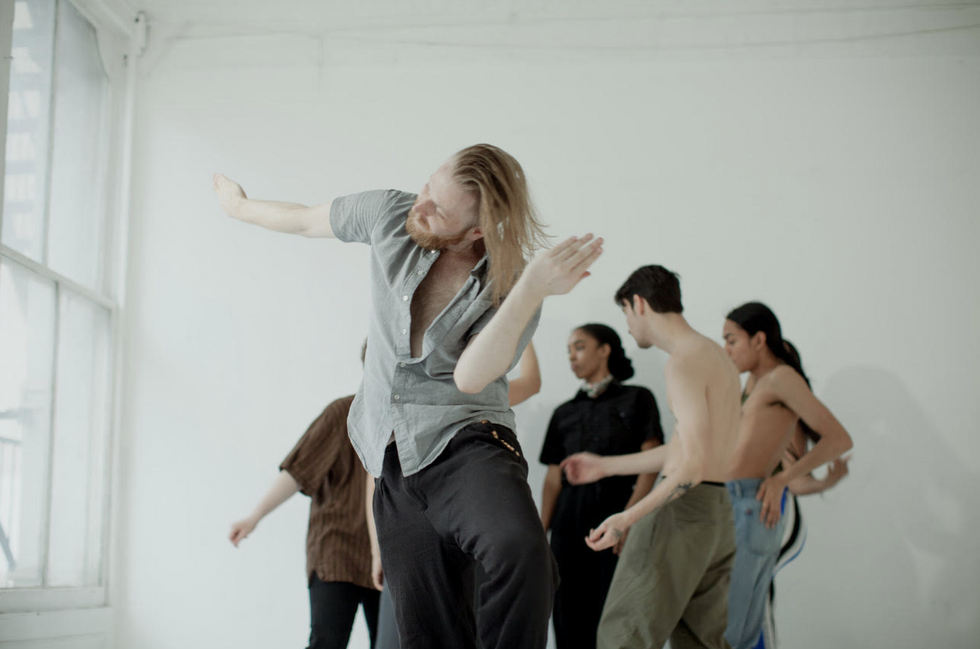These 3 Former Comp Kids Are Now “Downtown” Standouts
For most dancers growing up on the competition and convention scene, working professionally as a commercial dancer is a natural transition. Through the circuit, connections are made, relationships are fostered and representation is gained. But that’s far from the only path you can take. Former “comp kids” end up in all kinds of dance jobs, even—perhaps most unexpectedly—in the experimental and postmodern dance scene.

Andrew Jerrigan, Courtesy BTJ/AZC
Shane Larson
Pro credits:
A company member of Bill T. Jones/Arnie Zane Company, he’s also worked with Keely Garfield and Kyle Abraham.
Stops on the circuit:
Showstopper, Showbiz, PrimeTime
How it shaped him:
“I get my performance self from the circuit. Figuring out what it was like to be onstage first meant that as I got older, I was able to develop my own identity as a human onstage, instead of just someone performing. Now, I’m the person who, during the dinner break, I’m onstage improvising, warming up, because I love being there. Because of my background, I have a deep appreciation for being onstage.”
Why conventions led to this career:
“When you’re younger, you have a safety net that allows you more ability to explore other ideas, even if you don’t like them. Doing more of that can help breed your identity as an artist. I think people who are really strong individuals only find those things because they’ve tried a lot. When you’re exposed to so much, you are able to form your opinion better. Great artists have a strong point of view.”
His advice:
“Just try things. Go take a new kind of class, or watch videos online. Dance is maybe more than 50 percent observation, just trying to watch and learn and resynthesize through your body.”

Four Quartets Maria Baranova, Courtesy Flores
Christine Flores
Pro credits:
Currently working with Pam Tanowitz Dance, she’s also performed with Company XIV, Caleb Teicher & Company, Danielle Russo Performance Project and Nicole Von Arx.
Stops on the circuit:
JUMP, Candance, Fever Dance Championship
Her favorite part of conventions:
“The versatility of it, and being able to pick up choreography so quickly. Now, to be able to retain a lot of choreography is one of my strongest suits as a professional.”
How it shaped her:
“I’ve noticed in class, I’m not as afraid to go in select groups because I’m used to being put on the spot. I think the competition scene teaches us to have a thicker skin and be able to deal with the harsh reality of getting told ‘no’ at auditions.”
Her transition to this career:
“In college at New World School of the Arts, we mainly focused on modern and ballet, strict techniques. This drew me to more technical yet experimental forms. I’m able to still find those shapes and lines of what I connected to throughout my training.”
Her advice:
“Remember that you can say a lot more with movement if you really pay attention to your body. That can serve you moving into a postmodern career.”

Lory Lyon, Courtesy Tedholm
Teddy Tedholm
Pro credits:
Tedholm freelances and runs his own company, tedted Performance Group.
Stops on the circuit:
American Dance Awards, Hall of Fame, JUMP, The PULSE on Tour
His favorite part of competing:
“I liked having the opportunity to perform so frequently in a space that felt really open to experimentation and exploration. I remember once being judged by Sonya Tayeh and just feeling from her energy that the space was safe and supportive.”
How it shaped him:
“The biggest takeaways were moments spent working towards a common goal, and understanding that within the freedom that art provides, there is a ‘right way’ to break the rules.”
His career transition
: “University of the Arts was a pretty transformative experience for me. I think it was less of a transition to a new goal and more of a discovery of a world I’d been wanting. It was a long process of throwing myself into situations that I didn’t enjoy in order to know that I could cross them off my list.”
His advice:
“Don’t feel like a competition dance has to be a certain way. This is all to train you to be a dancer, and the vast majority of dance looks nothing like 99 percent of what happens on a competition stage.”



